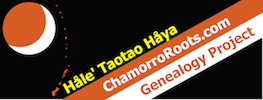Home
My Anderson Lineage: A little more info…
- Details
- Written by: Bernard Punzalan
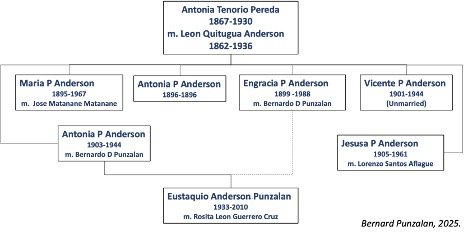
I recently shared the status of my Pereda-Tenorio roots efforts and how it ties into my Anderson lineage. Therefore, I’m going to briefly add more info on my Anderson lineage from my paternal grandmother Antonia Pereda Anderson, who married my namesake grandfather Bernardo del Mundo Punzalan. I know I wrote some information before on this but sometimes if you just keep talking about it someone with additional information just may contribute and share what they know. If at the very least, I hope it will continue to inspire others to research and know more about their heritage.
My Pereda and Tenorio Roots
- Details
- Written by: Bernard Punzalan
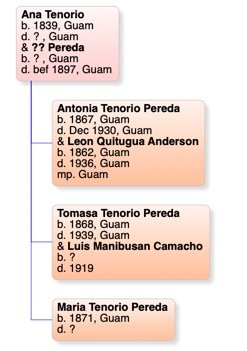
Every now and then when I hit a road block on my family tree I set it aside and come back to it later. On my father’s side I have been stuck on making direct connections to the Pereda and Tenorio families. So I recently re-activated my focus on those families and will share part of this journey here in hopes that more information will surface from others.
Some Background
My dad, Eustaquio Anderson Punzalan, was one of those guys that primarily worked behind the scenes of Guam politics. He supported both parties. When he needed the help he would ask me to accompany him and help with delivering food and drinks to support pocket meetings. At those meetings he would introduce me to all our relatives. I wasn’t really into genealogy then, so I never asked my dad to show exactly how we were related to people.
I don’t recall ever meeting a Pereda at any of those meetings, but I did meet with a variety of Tenorio clans that my dad said were our relatives. Again, I just never asked him how. My Tenorio roots seem to also have ties to the Tenorio clans in Saipan, but again, I just don’t how, yet…Through my late father’s recollection, his grandmother Antonia Tenorio Pereda had two other sisters, Tomasa and Maria. From that I am at least able to reconstruct the very bare base of my Tenorio-Pereda heritage.
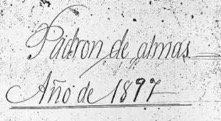
Dolores de la Cruz Anderson
- Details
- Written by: Bernard Punzalan
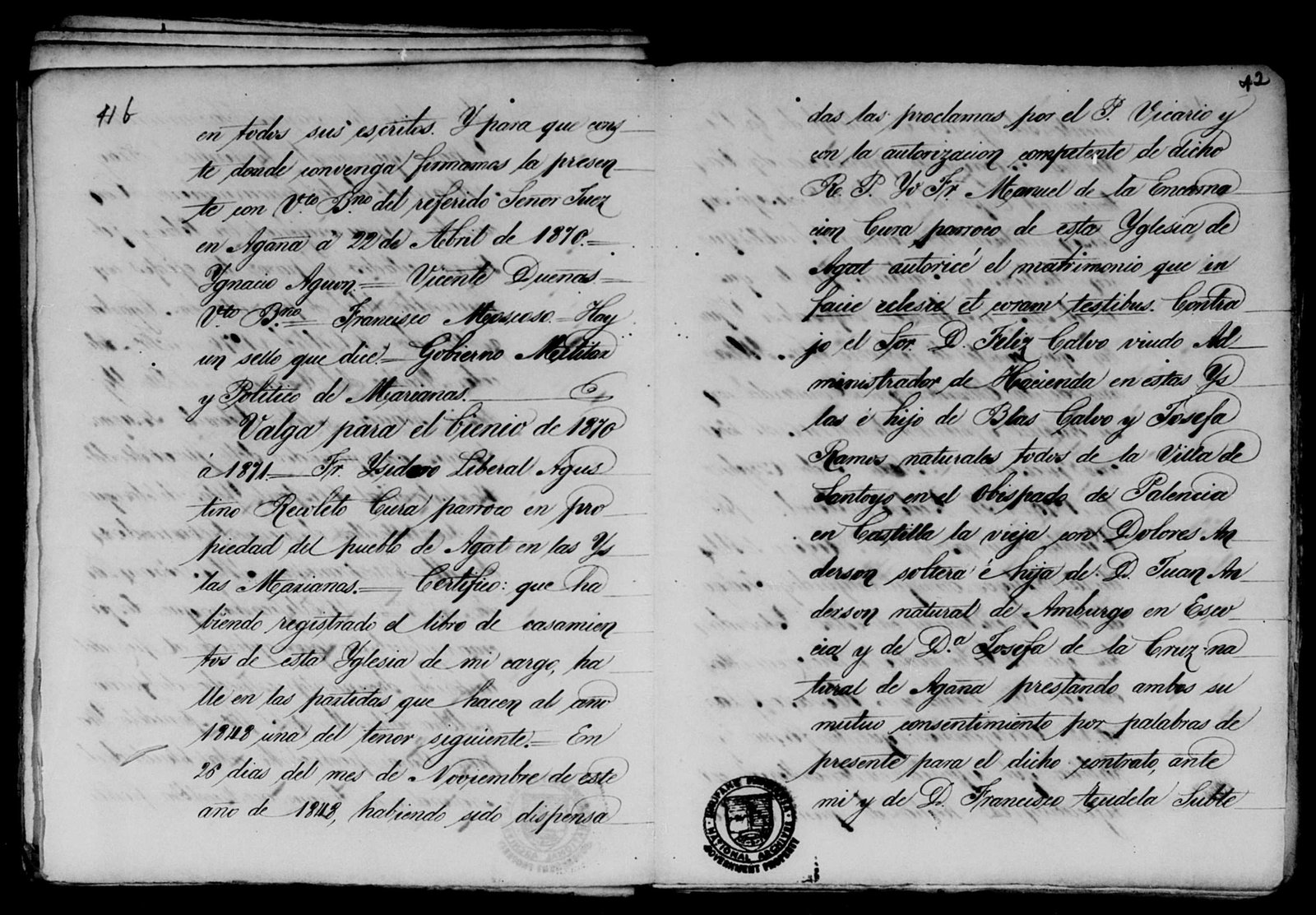
This document and others I recently found sheds a light on several controversial family tree recordings and seems to add to some challenging translations as well.
- Doña Dolores de la Cruz Anderson, daughter of Doña Josefa de la Cruz and Don Juan Anderson, married Don Felix Ramos Calvo (widower of Maria Olivares). In other Spanish records regarding the claims against the deceased Don Felix’s pension, it states that Dolores and Felix never had any children from their marriage.
- Felix Ramos Calvo is sometimes recorded in family trees and documents as Felix Calvo y Noriega, but this document (and others) states that his mother’s name was Josefa Ramos not Josepha de la Penas.
- In some family trees, including CHamoru Roots, Dolores dela Cruz Anderson is incorrectly recorded as marrying Don Felix Olivares Calvo, the son of Don Felix Calvo and Doña Maria Olivares.
- Don Juan Anderson, generally recorded as John Anderson, a Scot from Edinburgh, Scotland; however, in this document it states he is a native of “Amburgo en Escocia,” which would literally translate as “Hamburg, Scotland.” Ugh and smh…LOL
The database will be updated soon to correct several of these entries. It also changes how I am related to some of the Calvo clan through my Anderson lineage.
Source: FamilySearch.org
Josef Manuel Tobias: Whatever Happened to Him
- Details
- Written by: Bernard Punzalan

Josef Manuel Tobias, was born in the Marianas, likely Guam, and described by his biological father, Mariano Tobias, Governor the Mariana Islands from 1771-1774, as a “native of the Mariana Islands.” Josef’s biological native mother, believed to be a CHamoru, is currently unknown. The last known location of Josef was when he and his father returned to Spain around the late 1770s or early 1780s. Governor Mariano Tobias’ wife, purportedly never accompanied him to and during his term in the Marianas. (pg.41-42)
Bibliography
Marjorie G. Driver. 2005. The Spanish Governors of the Mariana Islands and the Saga of the Palacios. Micronesia Area Research Center, University of Guam. Mangilao, Guam.
Ancient Burial in Achugao, Sa'ipan
- Details
- Written by: Bernard Punzalan

This site consists of the remains of a 40-year old female. Located around the area of her throat were remnants of a shell necklace consisting of ten spondylus beads (in Plate 13-4, e), ranging in the size of 7.5mm to 12.1mm. The spondylus beads were described as having a white or cream-colored interior with exterior layers that are pink to reddish in color.
What was also interesting about this burial site was that they found a small spherical metal object, later identified as a brass flushloop bell, near her ilium bone (hip). This suggests that the item was attached to a belt or other garment worn around the waist. Because of the metal object, the theory is that this burial occurred sometime between 1668 to 1730* (early History Period).
While most of the CHamoru people residing in the islands north of Rota were force relocated (Reduccion) to Guam in the 1690s, some sources suggest that there were some mission villages in Sa’ipan through the 1730s.
Brian M. Butler.1995. Archeological Investigations in the Achugao and Matansa Areas of Saipan, Mariana Islands.
Page 1 of 84
